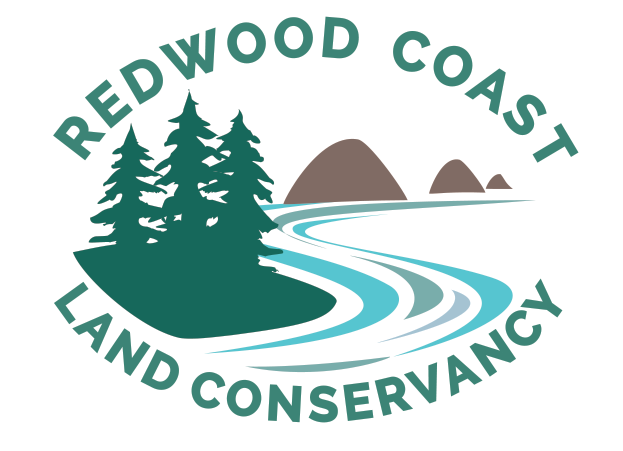RCLC Projects
There are always many projects in the works at RCLC—here are a few highlights:
Public Access and Restoration Planning for Mill Bend Preserve
On February 1, 2024 the California State Conservation Conservancy awarded RCLC a $1.66 million grant to fund the development of a comprehensive plan to improve public access and education opportunities, including interpretive trails, at the Preserve. The plan will also serve as a blueprint to guide the restoration of native plant communities—also benefiting the birds and animals on which they depend—repairing impacts from a 100-year timber mill legacy. RCLC is working with ecological consulting firm Prunuske Chatham, Inc. to design this plan, the same professionals who prepared the Preserve’s Conservation Plan.
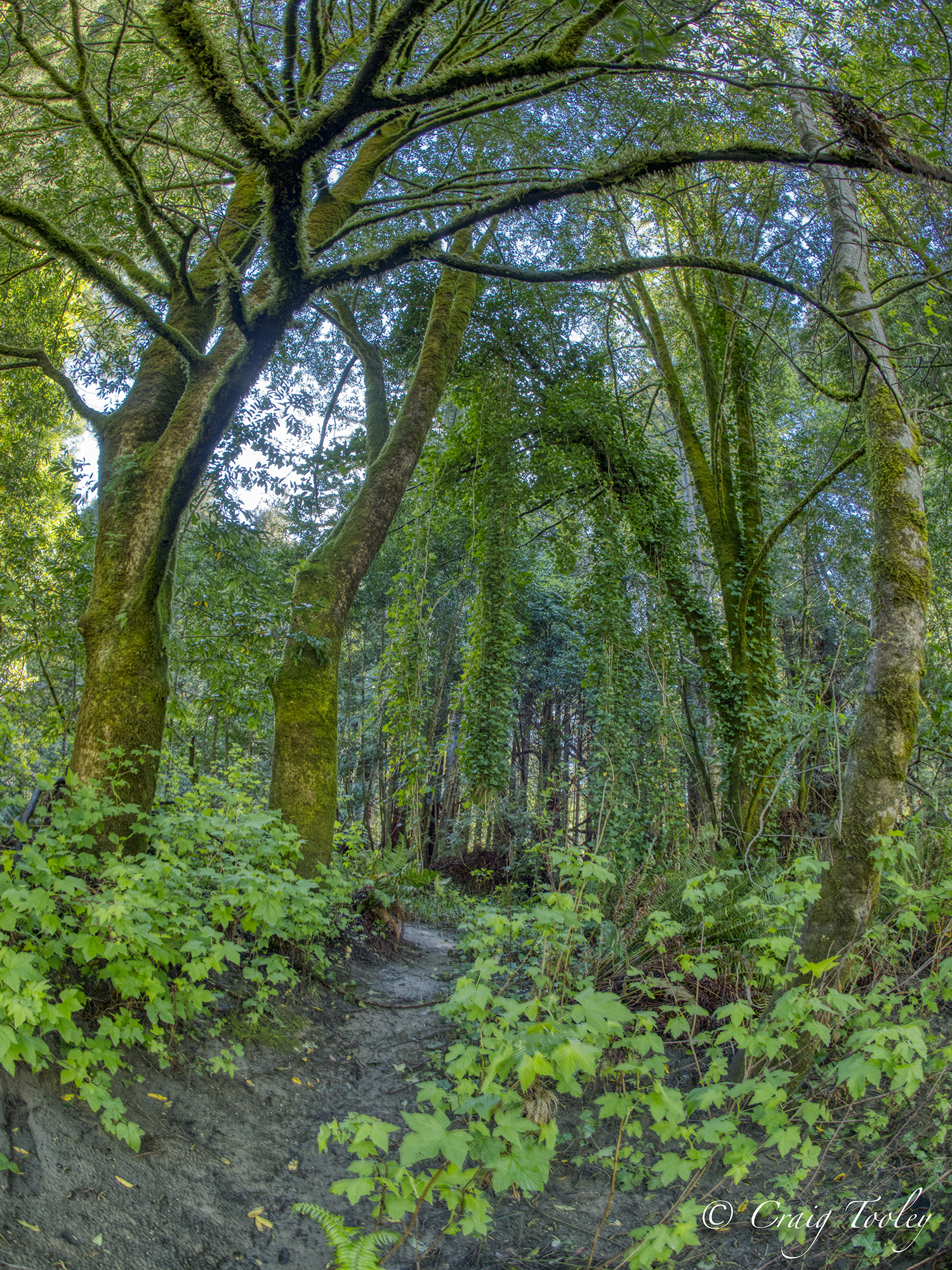
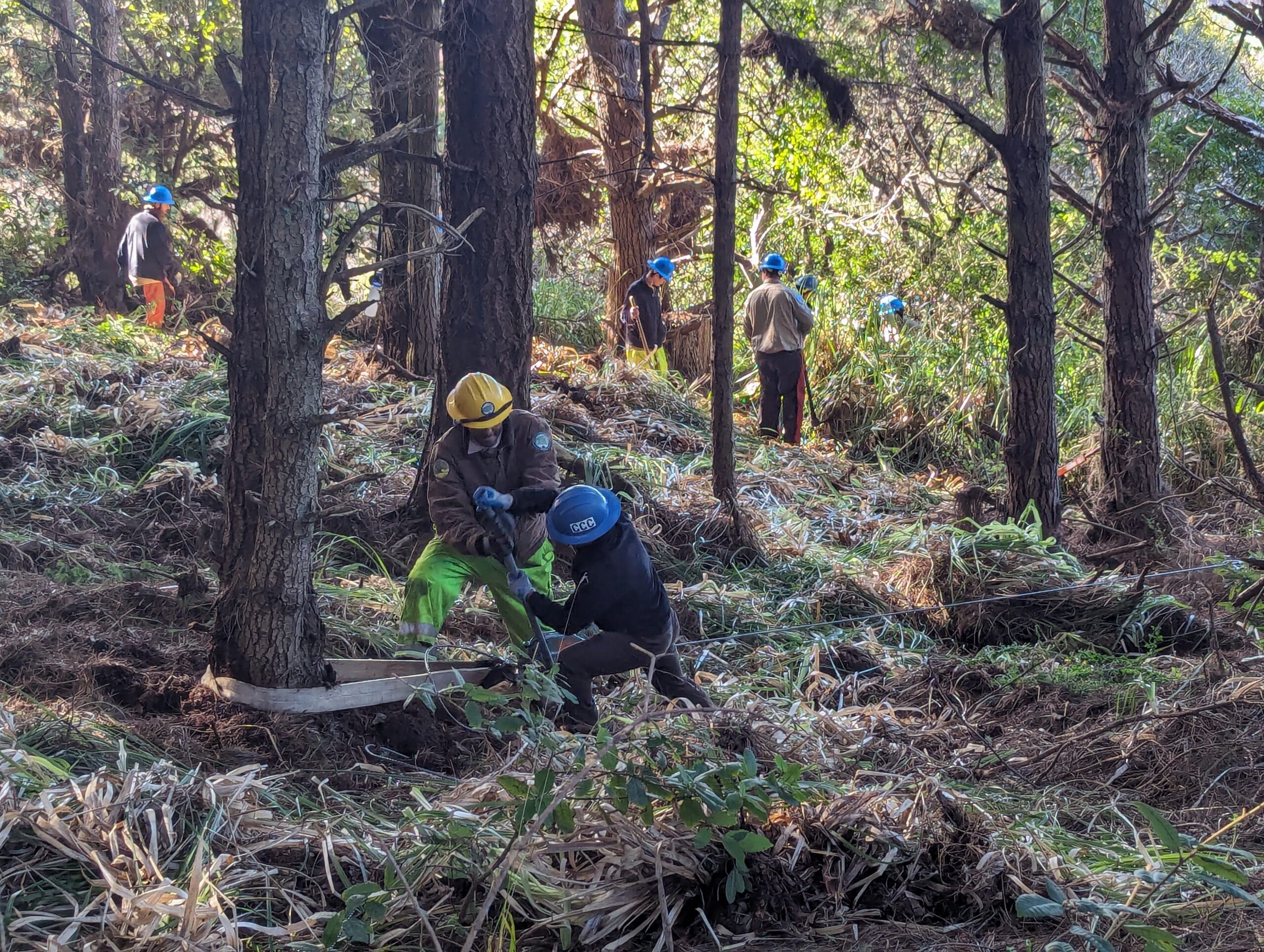
Fire Resilience at Mill Bend
RCLC was awarded a $307,000 grant by the State Coastal Conservancy in 2023 to improve fire resilience at Mill Bend Preserve. As part of this project, California Conservation Corps crews spent two eight-day “spikes” at Mill Bend during January and February of 2024, removing flammable debris and non-native plant species, including pampas grass and French broom. These intensive efforts complemented the hundreds of hours of similar work performed by ambitious RCLC volunteers. The grant is also funding the purchase of equipment to enable ongoing restoration projects, including a woodchipper, trailer, biochar kiln, and more.
Gualala River Estuary Habitat Enhancement
The Gualala River once hosted healthy runs of coho salmon and steelhead trout, two anadromous fish species. This population of fish hatch and grow to maturity in freshwater rivers, streams, and lakes; migrate to the ocean as adults, where they live like sea fish; and then return to freshwaters where they reproduce and die. Largely due to years of industrial-scale timber harvests, Gualala River fishery habitats were dramatically undermined, reducing coho and steelhead numbers to a small percentage of their original numbers. A 2023 $404,000 Fisheries Restoration grant from the California Department of Fish & Wildlife is funding the design of a habitat enhancement plan, intended to improve estuary habitat, improving the likelihood that these iconic fish will once again thrive in the Gualala River.
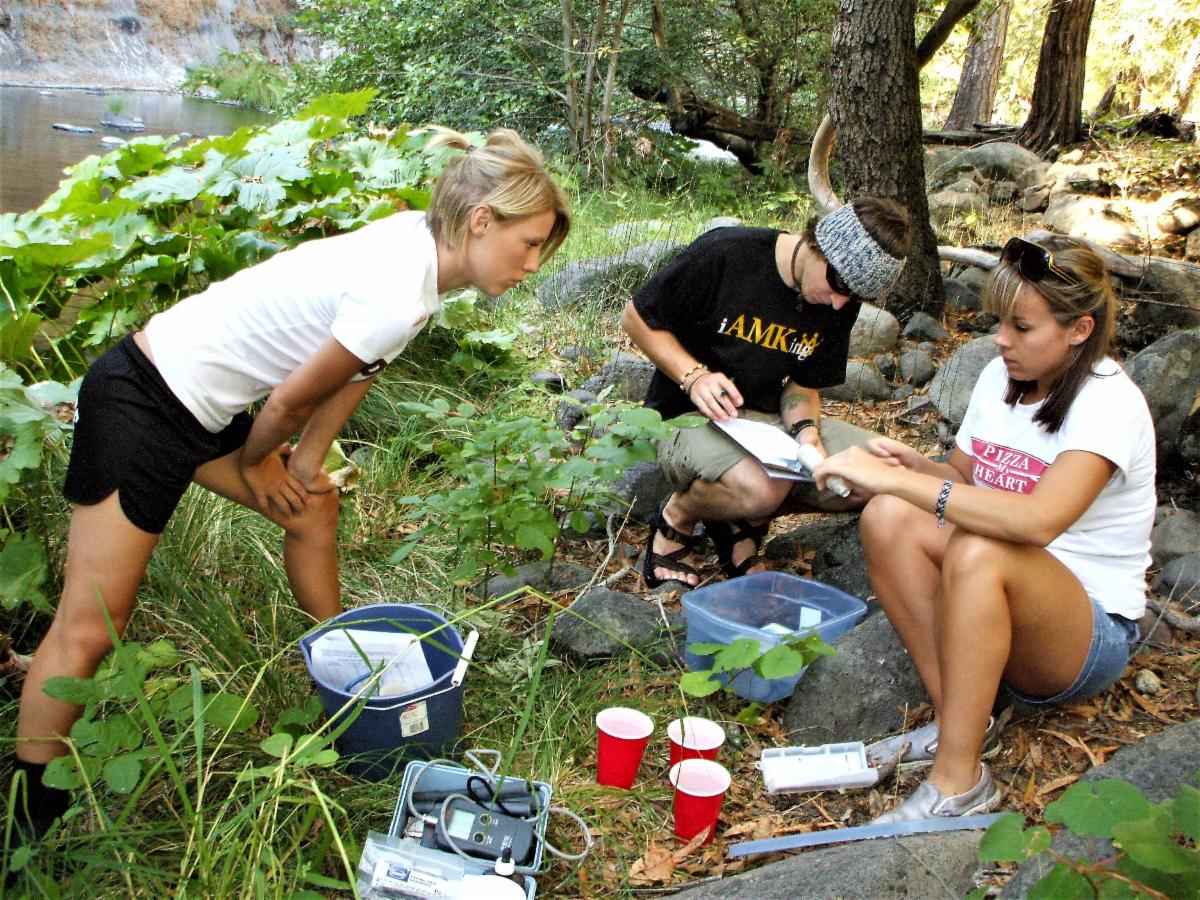
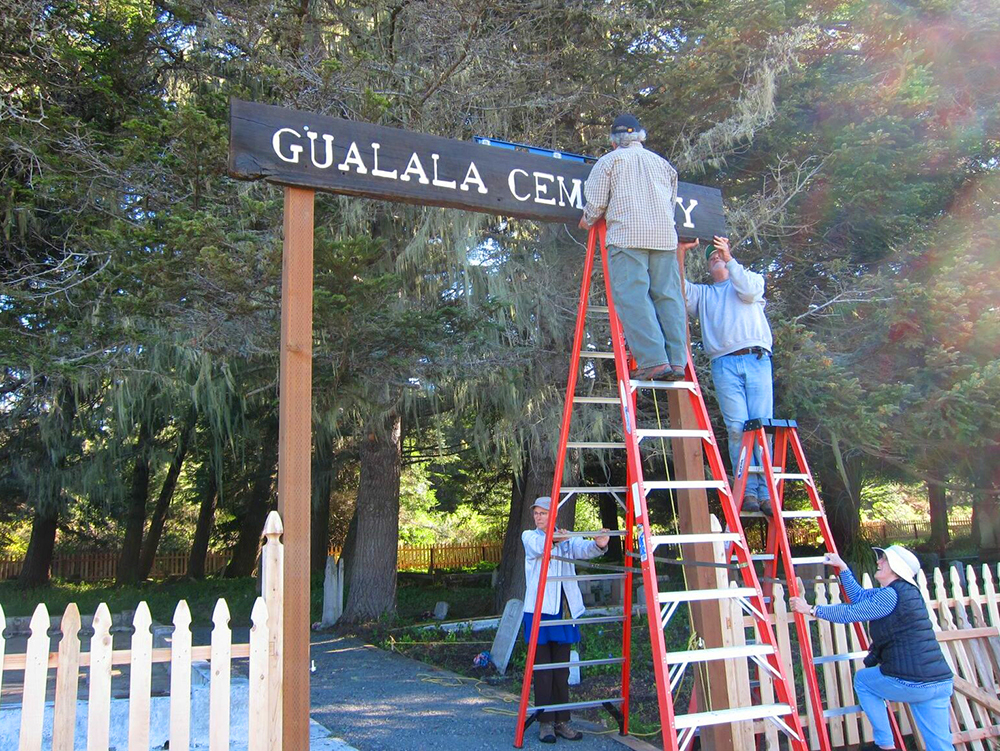
Gualala Cemetery Restoration
When RCLC acquired Mill Bend Preserve in 2021, the historic Gualala Cemetery was largely invisible, disguised by years of overgrown weeds, neglect, and even vandalism. Guided by extensive research, a core group of RCLC volunteers took it upon themselves to rejuvenate the Cemetery, including telling the stories of the European settlers who came to the region to work in the woods, carve out ranches, and build the town that we now know as Gualala. Grave monuments were repaired, perimeter fences were built. The Gualala Cemetery, dating back to the 1870s, is now restored, but the work continues. Supported by donations, volunteers regularly weed, clean headstones, monitor for aging trees that threaten to fall, and generally tend to the Cemetery with boundless TLC. Learn more on the Gualala Cemetery Page.
Trail Building at Mill Bend Preserve
The River Rail Trail serves as a central feature of an expansive network of pathways to come within the 113-acre preserve. The Toyon Trail was constructed in 2023, together with a hand-crafted bench overlooking the Pacific Ocean and Sonoma County’s Gualala Point Regional Park. Additional trails are in the planning phase.
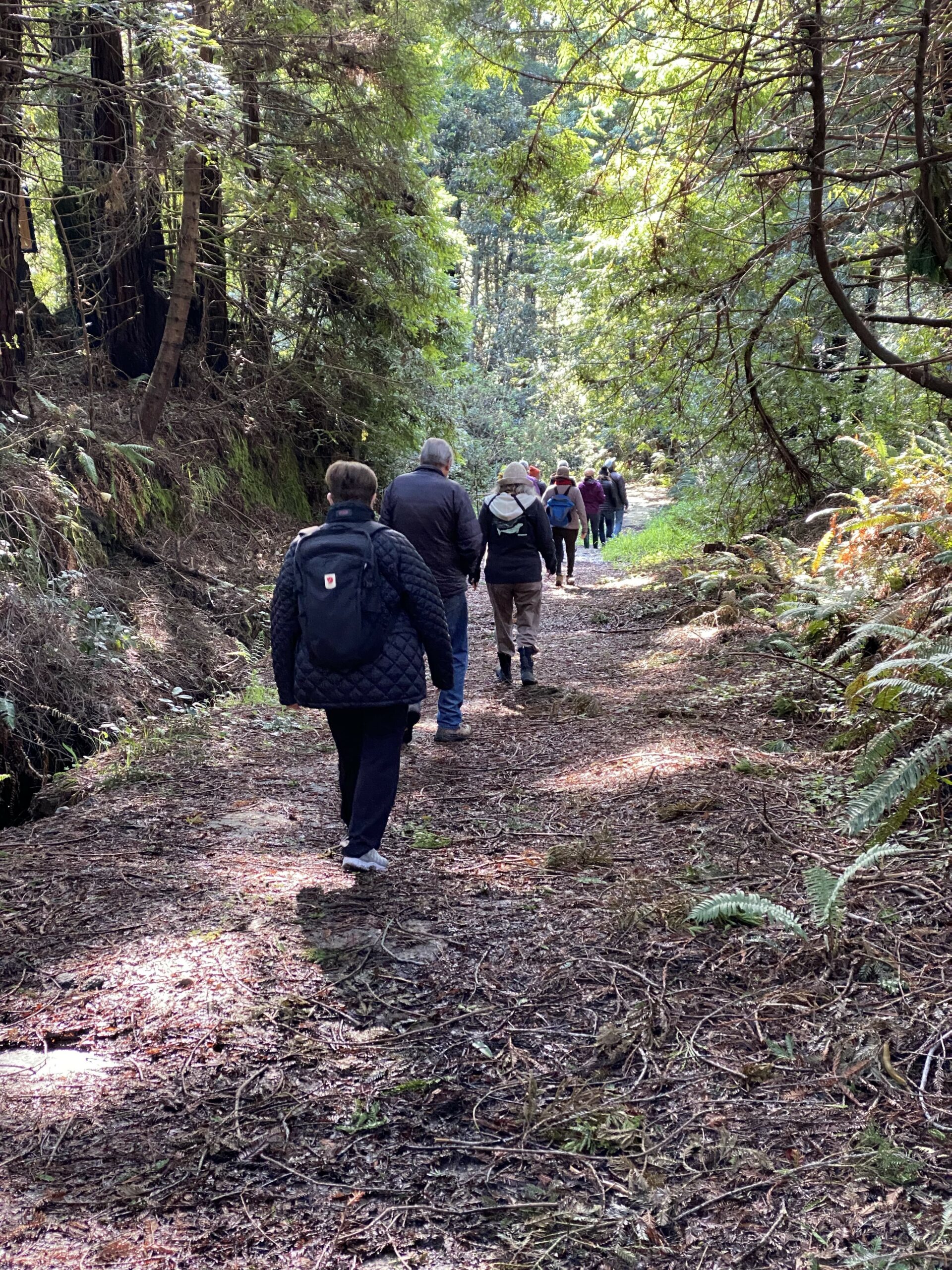
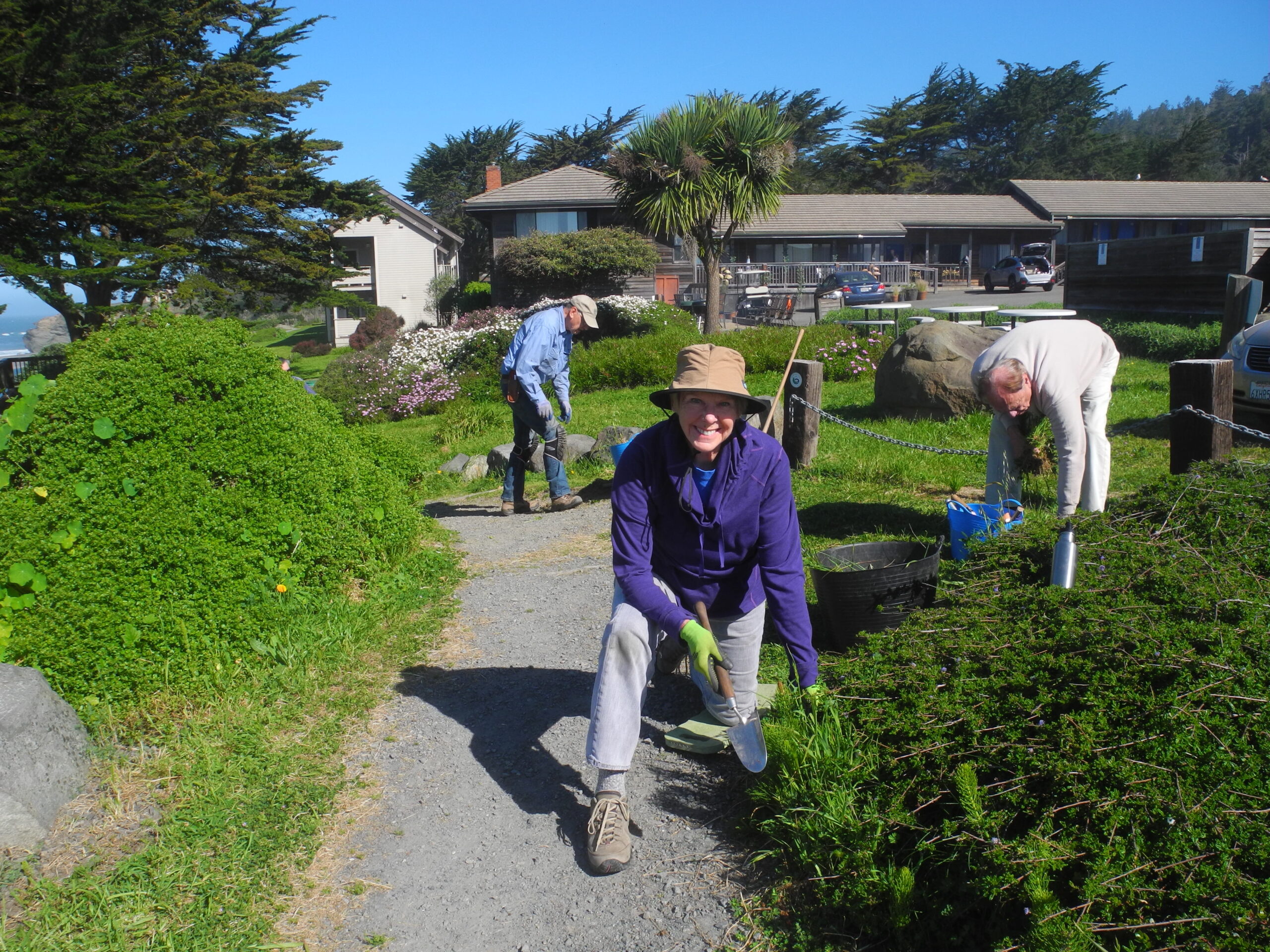
Gualala Bluff Trail Maintenance and Upkeep
The Gualala Bluff Trail is a 0.4-mile segment of the California Coastal Trail, a continuing endeavor to establish a walking path along the length of the spectacularly varied California coast. It requires weekly upkeep, including trash pickup and trail reinforcement. Volunteers have shouldered these responsibilities since the trail’s inception in 2013. One day, this California Coastal Trail segment will connect to, and through, Mill Bend Preserve.
Cooks Beach Maintenance and Upkeep
The Bonham Trail provides the only access to Cooks Beach. Battered by annual storms, the trail’s steps and railing require frequent repair. Volunteers apply ingenuity and elbow grease to accommodate nature’s seasonal impacts, enabling safe passage to this popular local beach resource. They also remove weeds, provide and dispose of doggie bags, plant native trees, and weed where needed.


Hearn Gulch Maintenance and Upkeep
While Hearn Gulch headlands can be strolled on a level path to the sea cliffs, the steep trail to the beach requires frequent attention. At times, the pathway to Hearn Gulch beach is as wild as the ever-changing Gulch itself. Creative volunteers regularly maintain the trail, but it continues to be a work in progress and requires that visitors use caution when making their way to the beach.
Photo credits: Banner photo – Courtesy of Nicolet Houtz; Forest – Craig Tooley; Stream survey – Courtesy of Timmarie-Hamill; Cemetery – Dave Shpak; Trail building – Chris Braley; Volunteers at Bluff Trail – Mary Sue Ittner; Cooks Beach – RCLC Archives; Hearn Gulch – Courtesy of Trish Miller
